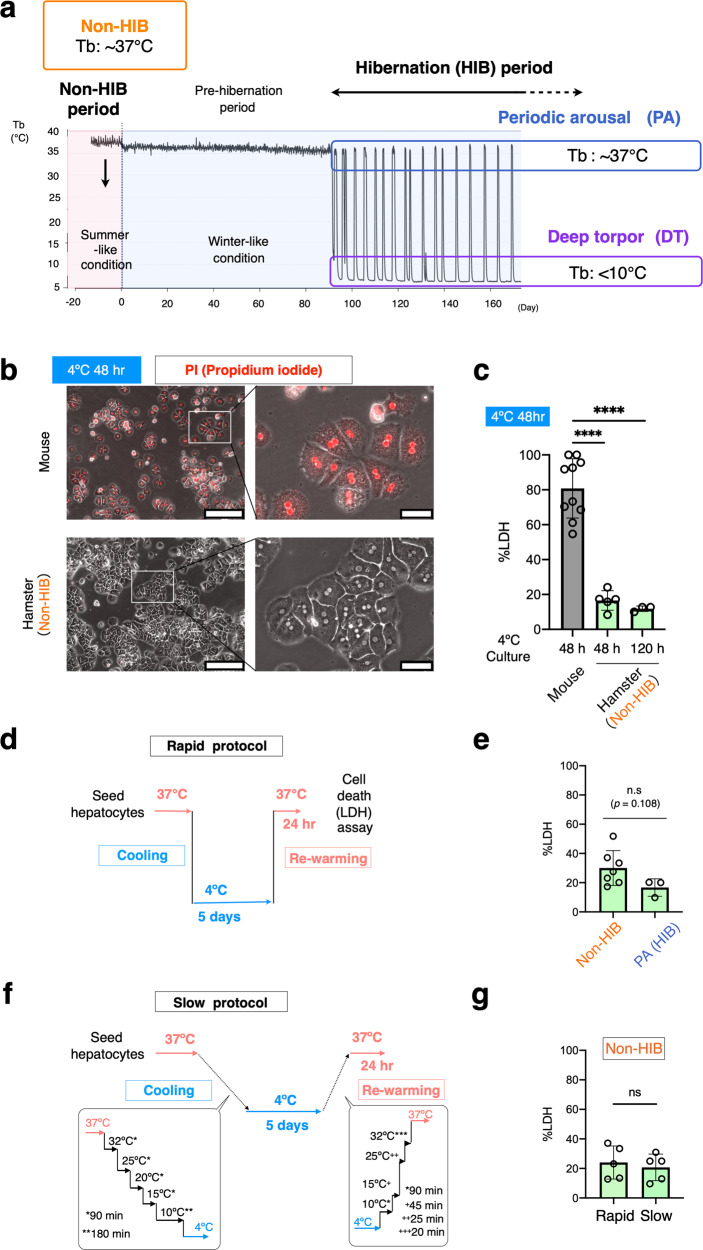Fig. 1. Intrinsic cold resistance in primary cultured hepatocytes of Syrian hamsters.
a Schematic representation of changes in the core body temperature during hibernation in Syrian hamsters. Animals raised in summer-like (warm and long photoperiod) conditions are regarded as animals in non-HIB period. Several months after exposure to winter-like (cold and short photoperiodic) conditions, the animals begin to hibernate; the animals entered into deep torpor (DT) that lasted about 4–5 days. DT was spontaneously interrupted by periodic arousal (PA), which lasted about 12–24 h. Cycles of DT and PA were repeated continuously during HIB period. b Phase-contrast images of cultured hepatocytes from mouse and Syrian hamsters. Dead cells were stained with propidium iodide (PI). Scale bars; left, 250 μm. Right, 50 μm. c The amount of cell death determined by LDH release assay after 48 or 120 h of cold culture. ****p < 0.0001 (Two-tailed Welch’s t-test). d–g An experimental procedure to recapitulate the DT-PA (cold-rewarming) process in cultured cells (d, f). No significant difference (ns) in the amount of cell death was found after both rapid and slow cold-rewarming stress, as determined by LDH assay, between summer-like euthermic animals and winter-like periodically aroused hamsters (e, g). Two-tailed unpaired t-test. Data are represented as the mean ± standard deviation (SD) and each data point in (c) and (d) represents an independent sample replicate.

